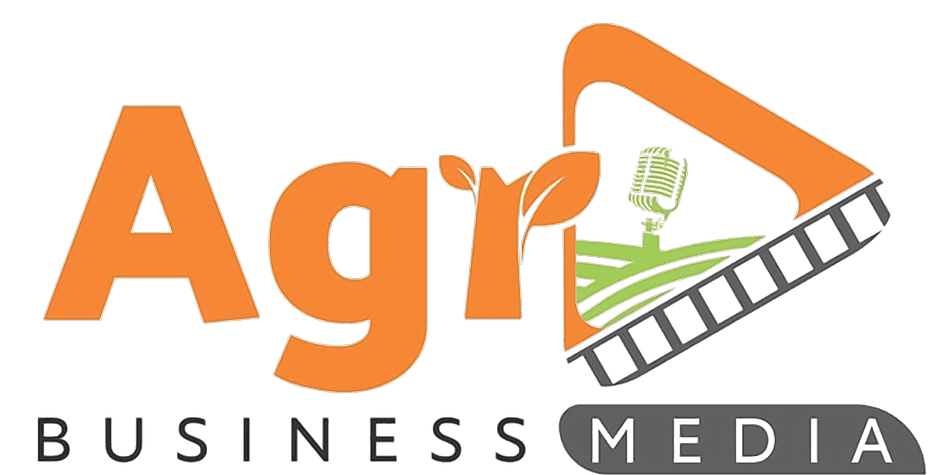Choosing the most suitable tillage system for a specific farming operation is a critical management decision. Historically, the intensive use of mouldboard ploughs, discs, harrows, and cultivators was the dominant method for crop establishment and weed control. However, advances in herbicides and tillage equipment have expanded the options available to farmers.
Selecting the right tillage system requires careful evaluation of soil type, slope, erosion control, drainage, moisture, temperature, timeliness, fertiliser distribution, and the ability to manage weeds, insects, and diseases. Below, we outline five common tillage systems, their advantages, and their disadvantages.
1. Mouldboard Plough System (Conventional Clean Tillage)
Primary tillage is performed with a mouldboard plough, followed by secondary tillage using implements such as discs, field cultivators, or harrows.
Advantages:
-
Creates a uniform, fine seedbed with excellent seed-soil contact, facilitating easy planting.
-
Reduces survival of certain insects, such as the European corn borer, by burying crop residues.
-
Adaptable to various soil and crop conditions.
-
Distributes labour and machinery use effectively, especially with fall ploughing.
-
Produces high yields under a wide range of soil and weather conditions.
Disadvantages:
-
Leaves bare soil vulnerable to wind and water erosion.
-
Fine seedbeds are prone to crusting.
-
High fuel consumption, labour demands, and machinery costs.
2. Chisel Plough System
Primary tillage is conducted in the fall with a chisel plough, followed by spring operations with a disc or field cultivator.
Advantages:
-
Reduces machinery costs and time compared to mouldboard ploughing.
-
Leaves a rough soil surface with crop residues, which mitigate erosion and runoff.
-
Protects soil from wind and water erosion.
-
Comparable yields to other tillage systems, especially on well-drained soils.
Disadvantages:
-
Requires heavy planters with disc openers and coulters for planting in heavy residues.
-
Lower soil temperatures in poorly drained soils may delay early growth.
-
Slightly higher herbicide rates may be needed for effective weed control.
-
Crop residues on the surface can harbour insects and diseases.
3. Disc System
A heavy or tandem disc harrow is used for primary tillage in the fall or spring, followed by secondary tillage with a field cultivator or light disc.
Advantages and Disadvantages:
-
Similar to those of the chisel plough system, provided the disc operation leaves a rough surface with some crop residues.
4. Ridge-Tillage System (Till-Plant)
In this system, seed is planted in ridges formed during the previous crop’s cultivation. A sweep or double disc clears crop residues from the ridges before planting.
Advantages:
-
Protects soil from wind erosion and raindrop impact with roughness and residues.
-
Higher soil temperatures and lower moisture levels in ridges during spring.
-
Potentially lower machinery and herbicide costs.
-
Reduces compaction by restricting wheel traffic to inter-row areas.
Disadvantages:
-
Requires cultivation to rebuild ridges and control weeds.
-
Limited herbicide options; contact herbicides may be necessary.
-
Machinery wheel spacing must be adjusted to avoid damaging ridges.
-
Not suitable for narrow-row crops or small grains.
-
Harvest losses may increase due to low pod heights in soybeans.
-
End rows often require additional preparation.
5. No-Tillage System (Zero-Tillage)
Seed is planted directly into undisturbed soil using specialised planters capable of handling residue and firm soil conditions. Fertilisers and pesticides are applied to the soil surface or narrow tilled rows.
Advantages:
-
Significantly reduces soil erosion compared to other systems.
-
Lowers power, labour, and fuel costs.
-
Adapts well to various soil and residue conditions.
-
Firm soil conditions may facilitate harvesting in wet years.
Disadvantages:
-
Low soil temperatures can delay germination and early growth.
-
Requires specialised planters to ensure proper seed placement and coverage.
-
Increased risk of pest and disease problems due to residue retention.
-
Weed control relies entirely on herbicides, which may require higher rates or more expensive combinations.
Conclusion
No single tillage system is universally superior. The best choice depends on specific soil, crop, and climatic conditions. By carefully considering the advantages and disadvantages of each system, farmers can select the tillage method that best suits their needs, optimising productivity and sustainability on their farms.

